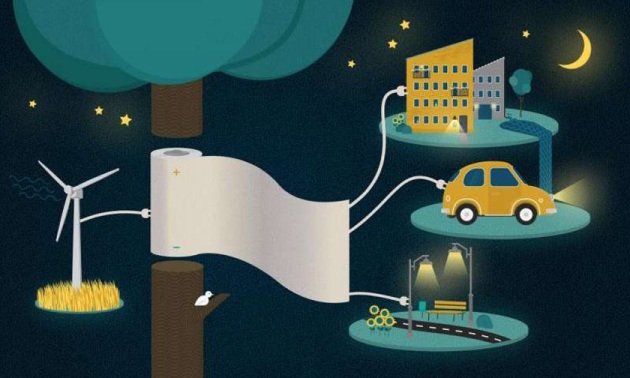The paper consists of nanocellulose and a conductive polymer. It is argued that such a piece of “paper” with a diameter of 15 cm and a thickness of a few tenths of a millimeter accumulates charge in 1F. It takes only a few seconds, and the properties are not lost even after several hundred cycles.
Scientists from the Laboratory of Organic Electronics Linkoping University in Sweden (Linkoping University’s Laboratory of Organic Electronics) developed a paper that can accumulate electric charge. The paper consists of nanocellulose and a conductive polymer. It is argued that such a piece of “paper” with a diameter of 15 cm and a thickness of a few tenths of a millimeter accumulates charge in 1F. It takes only a few seconds, and the properties are not lost even after several hundred cycles.
Also Read: Top 10 Black Hat Hackers Who Made History Forever
Scientists Have Figured Out How To Store Electricity in a Paper
“A thin layer capacitor having the properties already studied and there for some time. However, our achievement is that we made it a three-dimensional material. We are able to make it in thick sheets”, says one of the authors of scientific works Xavier Crispin (Xavier Crispin).

Also Read: Best WiFi Hacking Apps For Android
This paper works as a supercapacitor – a hybrid capacitor and chemical current source. The basis material is nanotsellyuloza which water under high pressure is split into the fiber thickness of not more than 20 nm. When cellulosic fibers are in a solution of water added thereto are electrically charged polymer as an aqueous solution, it forms a thin film around the fibers. The paper is waterproof and is made without the use of any hazardous chemicals.
Also Read: How To Trace Location Of A Person By Chatting on Facebook & WhatsApp
Visually, it looks like the photo paper, the researchers were able to make out of it a swan origami, while it has not lost its properties. This makes it possible to imagine how much it is strong and resilient. The material has already beat four world records: the highest charge and capacitance of the organic electronics, the highest measured current to the organic conductor, the highest power, and simultaneously conducting ions and electrons of highest transconductance transistor.